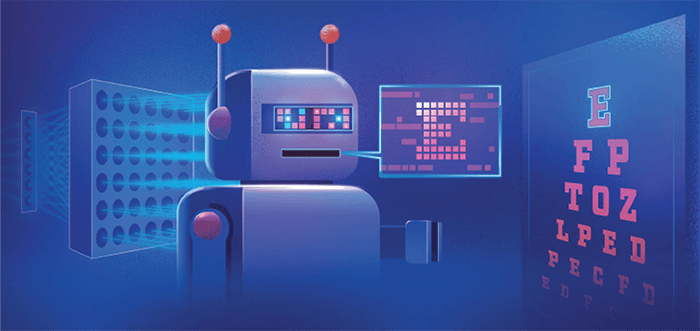 © 2022 KAUST; Xavier Pita.
© 2022 KAUST; Xavier Pita.
Artificial retinas developed by researchers at KAUST enable robots to identify handwritten numbers with 72 percent accuracy (1). The artificial retina takes its design from that of the mammalian retina – with a light intensity capacitive photoreceptor (CPR) to replicate the activity of rod cells.
But why should we care about creating retinas for robots, especially given the high quality of modern camera technology? What is the big selling point of an artificial mammalian retina that will convince your average droid to make the switch? It turns out that the imaging used by cameras consumes a lot of energy, even when just in standby mode, whereas this artificial retina is an energy-efficient alternative – a capacitive device that doesn’t need static power for its function. Additionally, artificial retina networks have the potential to be smarter and faster than image processing devices.
These neuromorphic sensors pave the way towards energy-efficient and intelligent systems for robotics, and applications that can preserve user privacy. Future retinas made by the KAUST team will aim to build on current work by making larger photoreceptor arrays, adding layers to the neural network, and optimizing the circuit design – all to improve the recognition accuracy of the device.
Although fancy droids and robots in the movies may enjoy their high-tech cameras for now, the joke is on them; they are better off trading in their energy-guzzling eyesight for the real science fiction future of artificial vision.

References
- MT Vijjapu et al., Light Sci Appl, 11, 3 (2022). PMID: 34974516.
